In his book Beyond Missio Dei: Contesting Mission, Rethinking Witness, Sarosh Koshy challenges the traditional understanding and practice of mission rooted in the notion of sending (missio) as its fundamental principle. According to him, this notion of sending (missio) perceives the church-in-mission as a self-enclosed, accomplished entity that ventures into missional activities as a secondary step. Here, the Christian entity is fixed and static, and once and for all. Therefore, mission becomes a subsequent action of a “secure community” that has an uninterrupted ability to remain Christian. Hence, mission activities can be carried out “according to the community’s choices and preferences” even with hired hands (p.5). This pre-existent entity-hood gives churches a choice to opt for any overarching missionary praxis that never challenges the fixed/static entity of church-in-mission. Koshy problematizes the fixed entity-hood of church-in-mission from a postcolonial and poststructural theoretical perspective.
In the first four chapters of the book, he critically evaluates the conversion-based missio-Dei paradigm for its shortcomings. Conversion-based mission understanding, he argues, perpetuates many theological and practical issues. For instance, it maintains the status quo that privileges one group at the expense of another. Moreover, it reinforces a benevolent, charity-oriented mission that keeps the missionized at the receiving end without subjectivity and agency. By adopting the theoretical tools of Gayatri Chakravorty Spivak, Jacques Derrida, and Gilles Deleuze, the author tries to interrogate the problems of a compartmentalized, self-enclosed entity of the Christian community that fosters othering and causes exclusion in the understanding and practice of mission. This static and fixed enityhood forecloses the subjectivity, agency, and voice of the missionized and their contexts (p.89). It also sustains a linear eschatological vision that emphasizes that the church=in-mission has the mandate for “overarching mission that has to be accomplished” for the hastening of final consummation (p.160). Since the road map is clear and the final consummation is fully revealed and attached to the entity of the church, the complexities of the ever-changing world will not challenge the secured missionary “Self.” In other words, the fixed/secured identity of the church transcends the complexities and agency of the context/missionized. This straight-jacketed teleological conceptualization makes the church an invulnerable, unreflexive, arrogant, transcendental, and self-enclosed entity (p.198). Here, the church-in-mission mimics the Omnipotent, powerful God who brings salvation from above without envisioning a relational becoming of God (matron Dei) from within the materiality of eco-social relations in the world/context.
With biblical and theological explorations, the author exposes the futility of this eschatological mission, which is perceived to benefit the other and the common good without considering the complexities and uncertainties of context. It needs a vision of relational becoming beyond any accomplished/ final/ accomplished notion of missionary self. According to Koshy, the mere adoption of the “Mission of God” will not bring humility to the church-in-mission without uprooting this well-defined, linear, transcendental eschatological vision (p.83). This well-defined beginning and end “require little to no discernment on the form and content (of overarching mission) other than mere fine-tuning of strategies” (p.277). This will not exorcise the violence and violations in the overarching, mechanistic mission modes. It precludes inter-subjective relationality in the continuous becoming of a witnessing community.
In this context, Koshy argues that “witness” is an appropriate vision for the theory and practice of mission. It is not a synonym for the traditional understanding of mission but goes beyond that. This approach demands the continuous becoming of the church as the outcome of a constant missional response (witness) to the given contexts. In this logic, Christian identity is not fixed or pre-existing but evolves through continuous Christian response (witness). According to him, witness is a triadic act of “remaining open and perceptive to the context in which the church finds itself, relating the challenges and possibilities of this context to the witness it has received in the life, death and resurrection of Jesus Christ, and expressing the church’s confession in the appropriate and adequate proclamation of faith without any preference to one component of this triad” (p. 288). In this triadic act, all these components interact, interrelate, and interrogate each other and envisage new forms and formulations of witnessing in a given context. As the context changes, these forms and formulations of witnessing will also change. This makes witnessing an ever-evolving becoming process where mission is not about parroting prefabricated methods and agendas. On the contrary, bearing witness “is the performativity in and through which a subject or entity continues becoming” (p.7). This renewed vision of witness has many missiological implications. It does not hold on to fixed/given missionary self/modes, but is rather a self-reflexive response to the context, not in isolation but in inter-subjective mutuality with other/contextual realities, rooted in values of the reign of God.
Thus, the central thesis of this book is that Christian identity results from constant performativity, which testifies to faith in response to a given context. However, these identity-forming actions (witness) are not fixed or outsourceable. Only in and through the performativity of faith, not in isolation but in mutuality with the other/context, does authentic witnessing (gospelling of the gospel) happens. This notion of witness postulates the Christian entity/church as a process of continuous becoming without any static missionary self and prefabricated methods. This relinquishment of an accomplished/static notion of Christian identity is essential because “the questions within which confession of faith can be made is purely determined by the context, and the mode and method of such confessional performativity is solely informed and necessitated by the challenge at hand” (p.342). This erases the burden of following any particular missionary mode as eternal and inevitable, especially conversion-based missionary methods.
This new vision of witness rejects any foreclosure of the missionary self from the given social location/context. On the contrary, the missionary self is continuously constituted in relation to the call of the other. This evades the dichotomy of the self and the other and proposes that the “self” is constructed and reconstructed through constant encounters with the other. In this sense, the Christian entity is constituted by the continuous encounter with the other and making meaningful faith responses to the challenges at hand. In this inter-relational encounter, the agency of the missionized/context is not muted but affirmed without othering and exclusion. Thus, this vision of witness locates the missionary/church and the missionized/context in a transformed common space of mutuality and inter-relationality. It cauterizes the shortcomings of sending notions of mission that locate the missionary/church in a privileged space and missionizing/other at the soteriological/receiving end. Thus, as against a unilateral mission carried out by an accomplished entity, the author proposes “witness as a process within which alone an entity could be thought of emerging and continuously sustained” by attending to the challenges in the immediate domain of the churches (p.348). This ongoing process unsettles essentialist notions and totalitarian tendencies in the thinking practice of Christian witness.
This book is a valuable resource for every student of missiology. It reflects how the postcolonial, poststructural, and postsecular theoretical framework can enrich the witness/mission concept to be more relevant, meaningful, open-ended and inclusive. The formative influences on the author, such as the Indian pluralistic context, the mentorship under the world-renowned inter-faith theologian and ecumenical leader S. Wesley Ariarajah (Academic Advisor) and the intellectual fraternity of Drew University make his research/this book theoretically sound, ecumenically viable, and practically non-coercive from its core. It offers a new theoretical framework for doing mission from the margins by relinquishing the center/margin dichotomy. It liberates mission thinking from the captivity of the conversion-based “mission to” approach embedded even in the Missio-Dei paradigm and offers a new vision of mutuality and inter-subjective relationality without othering and exclusion. Thus, this book brings about a much-anticipated shift in the theory and practice of mission. The author is an area executive for Southern Asia at Global Ministries (USA) and engages and coordinates many grassroots-level mission activities in Southern Asia. The author’s missionary experience and commitment to the gospel make this book more authentic and practically feasible.
(Rev. Philip Philip is a doctoral research candidate at the United Theological College, Bangalore)
Become a member
Get the latest news right in your inbox. We never spam!

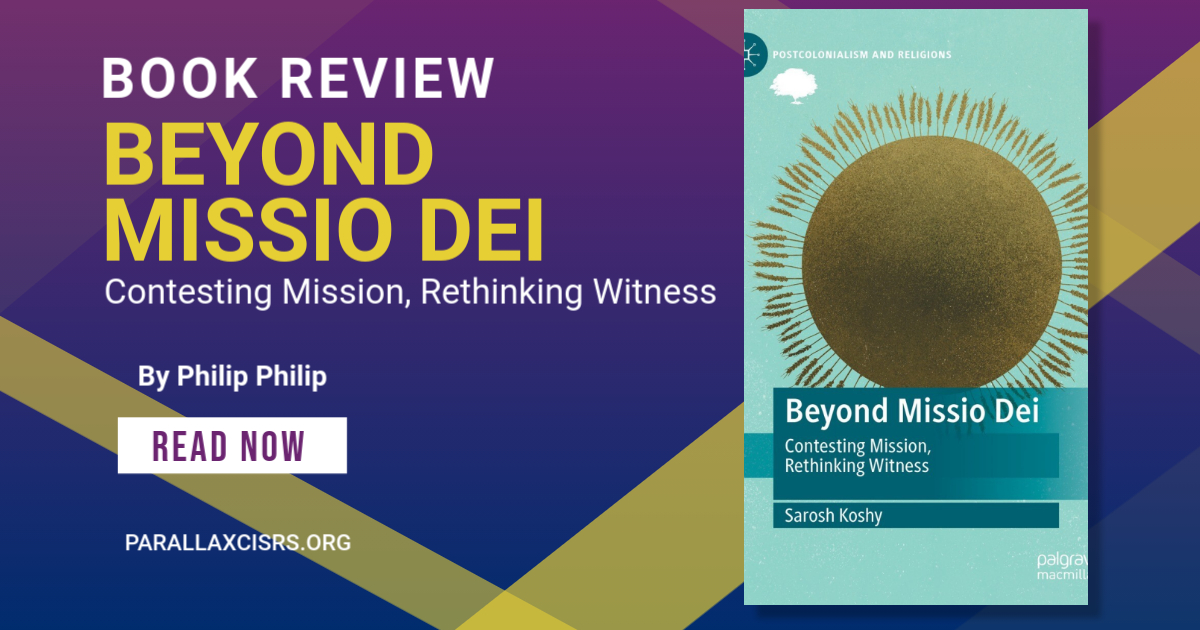

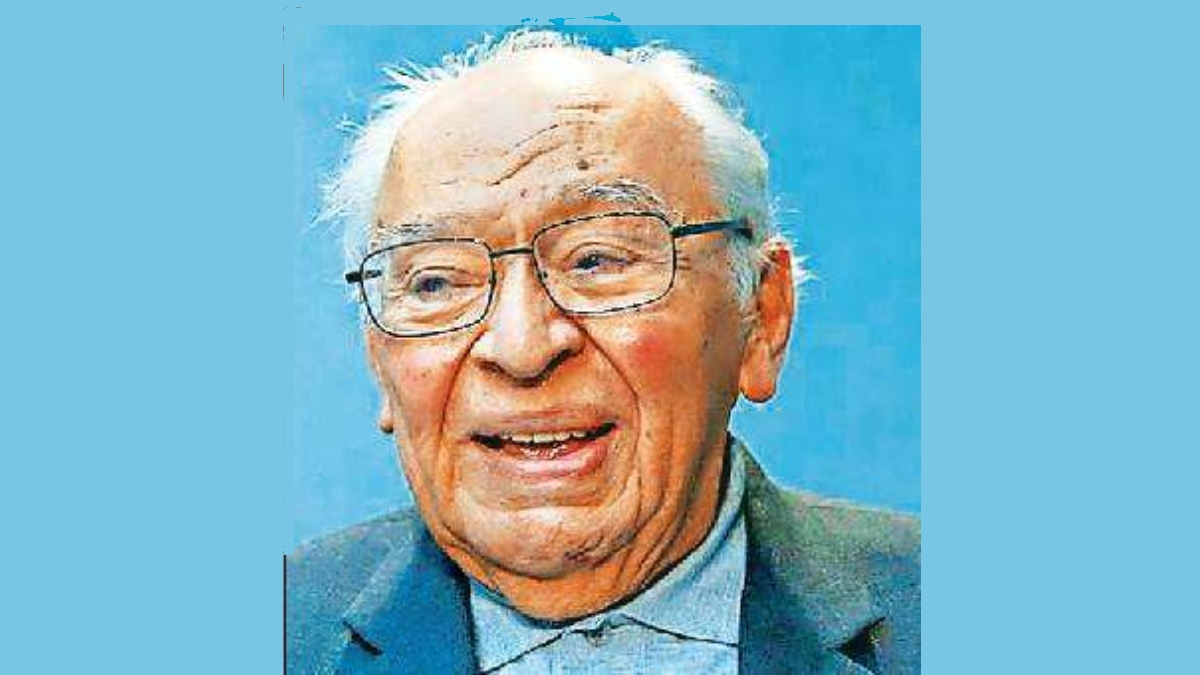
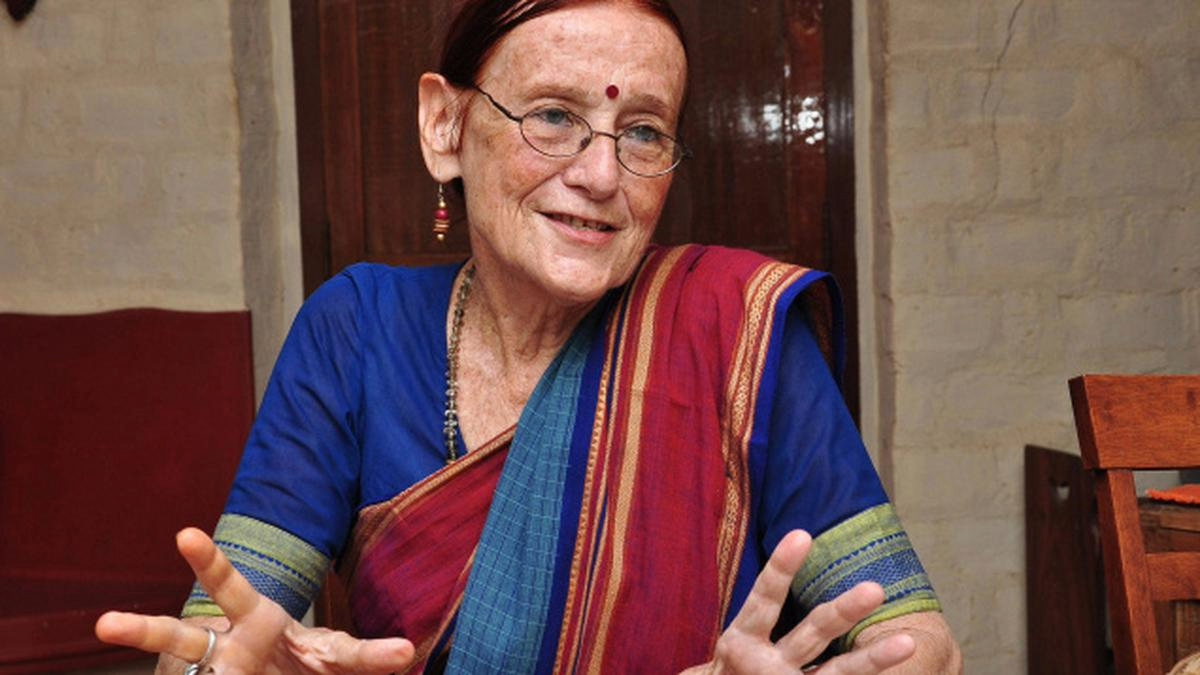
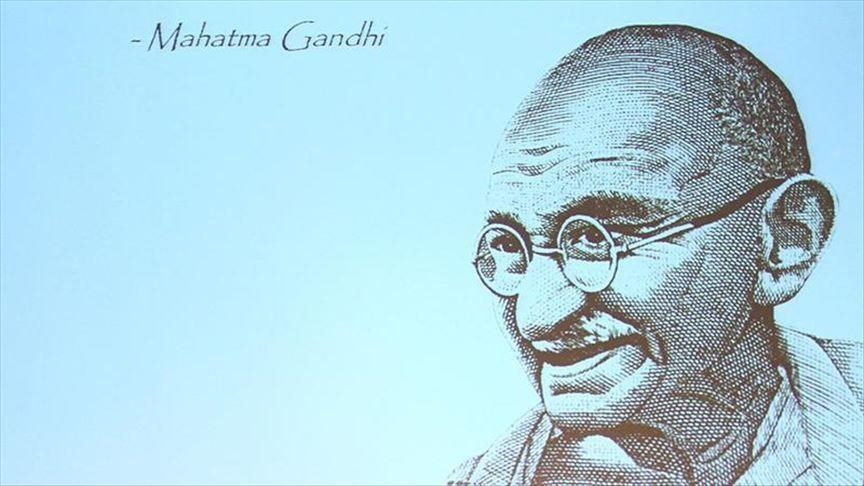
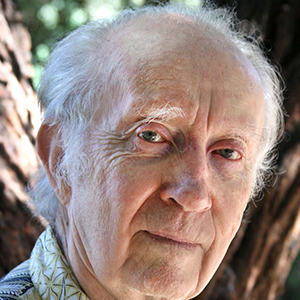








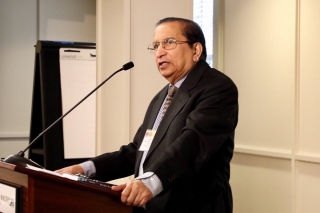
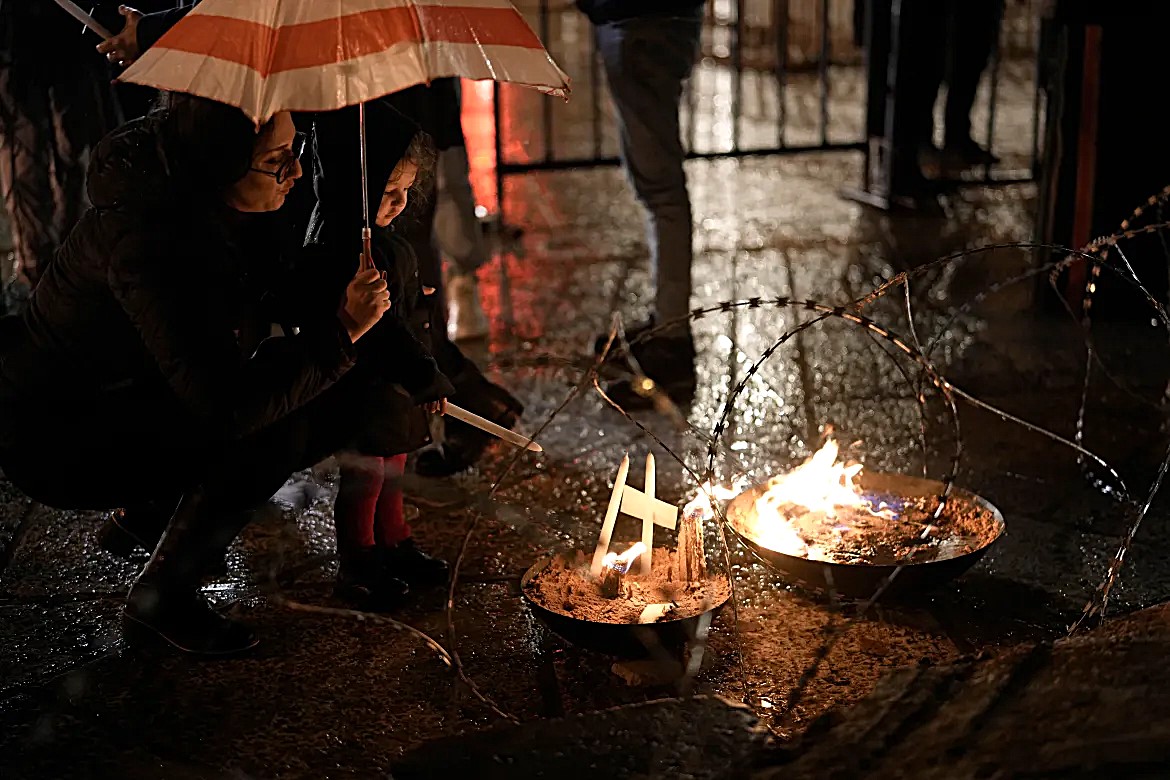

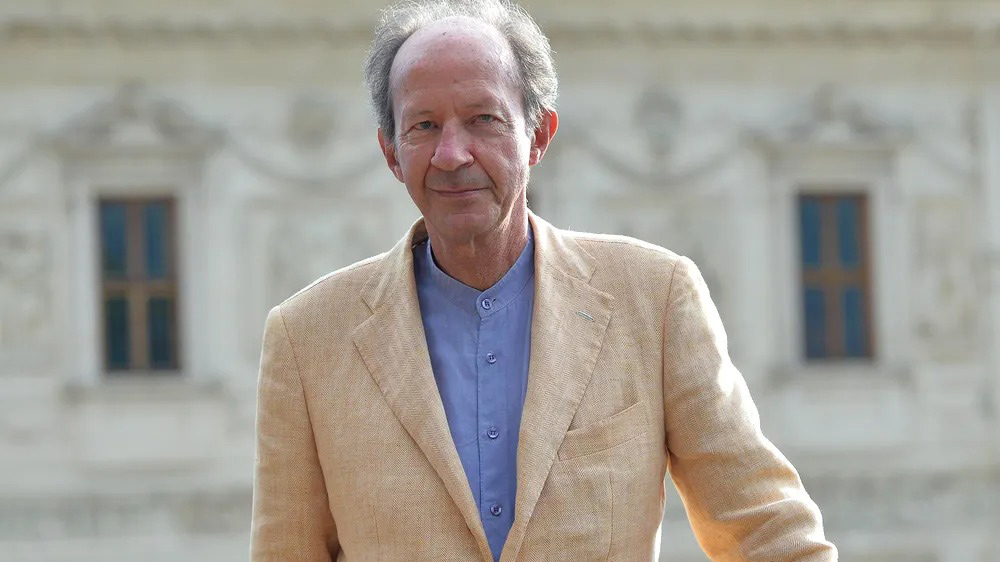


Comments
No Comments